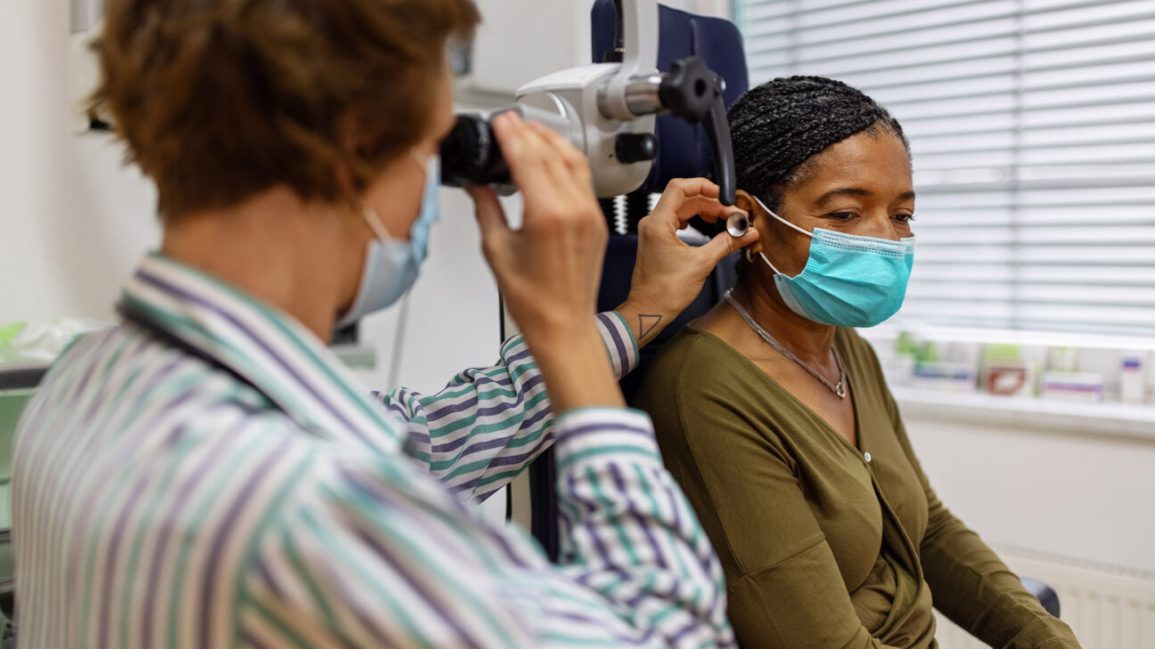Hearing loss after COVID-19 has already been observed, but new research from the Massachusetts Institute of Technology (MIT) and Massachusetts Eye and Ear has been able to break down what is happening when the coronavirus attacks the inner ear.
The study, recently published in the journal Communications MedicineTrusted Source, analyzed cellular models of the human inner ear and adult human inner ear tissue with SARS-CoV-2 infection to discover what effect it might have.
Findings suggest that the ear is yet another part of our bodies that is susceptible to infection with SARS-CoV-2, the virus that causes COVID-19.
“This article provides very compelling evidence that SARS-CoV-2 infects the inner ear, and may be causally related to the hearing and balance symptoms in a number of patients with COVID-19 infection,” Dr. Yuri Agrawal, a professor of otolaryngology-head and neck surgery at Johns Hopkins School of Medicine, who was not involved in the study, said in a statement.
Findings could help us understand how SARS-CoV-2 and other viruses affect ear
For this research, scientists developed novel cellular models of the inner ear and used hard-to-obtain adult human inner ear tissue.
According to the study authors, limited availability of this tissue had hindered previous research into how SARS-CoV-2 and other viruses can damage hearing.
They found a pattern of inner ear infection consistent with symptoms observed in a study of 10 patients with COVID-19 who had reported a range of ear-related symptoms.
“Having the models is the first step, and this work opens a path now for working with not only SARS-CoV-2 but also other viruses that affect hearing,” Lee Gehrke, PhD, the Hermann L.F. von Helmholtz professor in MIT’s Institute for Medical Engineering and Science, who co-led the study said in a statement.
The study included 10 adult patients who tested positive for COVID-19 and developed symptoms that included hearing loss, tinnitus (ringing in the ear), or dizziness within 3 weeks of diagnosis.
Researchers analyzed inner ear tissue sourced from humans and mice to create in-vitro cellular models of the inner ear.
They discovered that both human and mouse inner ear tissue contained “molecular machinery to allow SARS-CoV-2 entry,” like the ACE2 receptor. Researchers also found that the virus could infect two types of cells in the inner ear called Schwann and hair cells.
“Our findings suggest that inner ear infection may underline COVID-19-associated problems with hearing and balance,” the study authors wrote
Continue: https://www.healthline.com/health-news/why-covid-19-can-affect-the-inner-ear-and-what-that-means-for-people-with-long-covid






